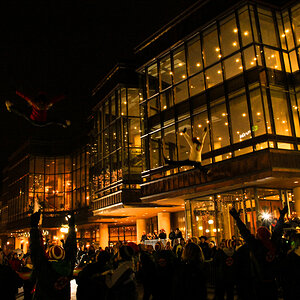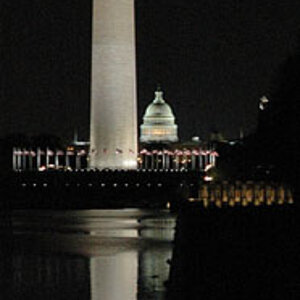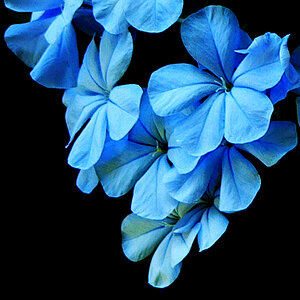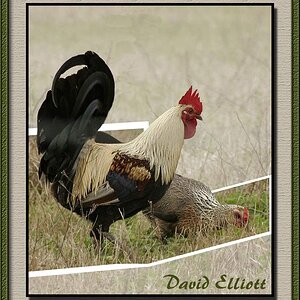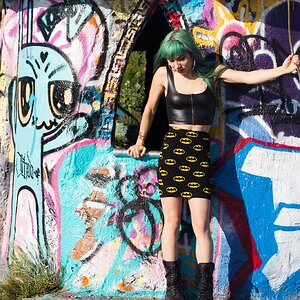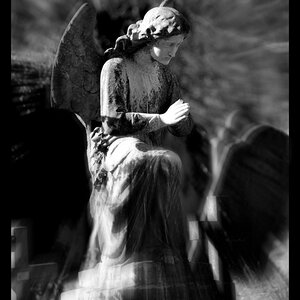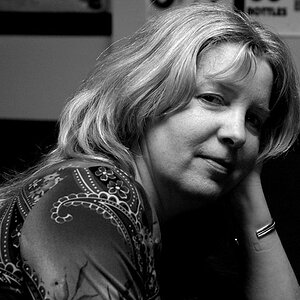DocFrankenstein
Clinically Insane?
- Joined
- Apr 29, 2004
- Messages
- 1,646
- Reaction score
- 6
I am beginning to be drawn into MF.
I am high. I've shot a roll with hasselblad.
I think I am starting to understand why you have your Rolley. I bet u knew it would happen.
The question is:
I want a camera with tilt/shift and well as swing, but I want it to be medium format... or accept 120 film.
Ideally it would be cheap, small and with great optics.

What are my options? I am toying with the idea of getting a 4*5 camera and modifying it to accept MF back of some sort. I should really be able to tilt/shift it, cause the image circle is large. But I'm afraid that'd be too expensive, and the normal 4*5 lens would become a telephoto for the MF, won't it?
I think I am destined to be a camera collector...
I am high. I've shot a roll with hasselblad.
I think I am starting to understand why you have your Rolley. I bet u knew it would happen.
The question is:
I want a camera with tilt/shift and well as swing, but I want it to be medium format... or accept 120 film.
Ideally it would be cheap, small and with great optics.
What are my options? I am toying with the idea of getting a 4*5 camera and modifying it to accept MF back of some sort. I should really be able to tilt/shift it, cause the image circle is large. But I'm afraid that'd be too expensive, and the normal 4*5 lens would become a telephoto for the MF, won't it?
I think I am destined to be a camera collector...


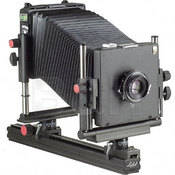


![[No title]](/data/xfmg/thumbnail/39/39419-5d4fd8535ab4f6e01caa38b72bf396e0.jpg?1619739023)
